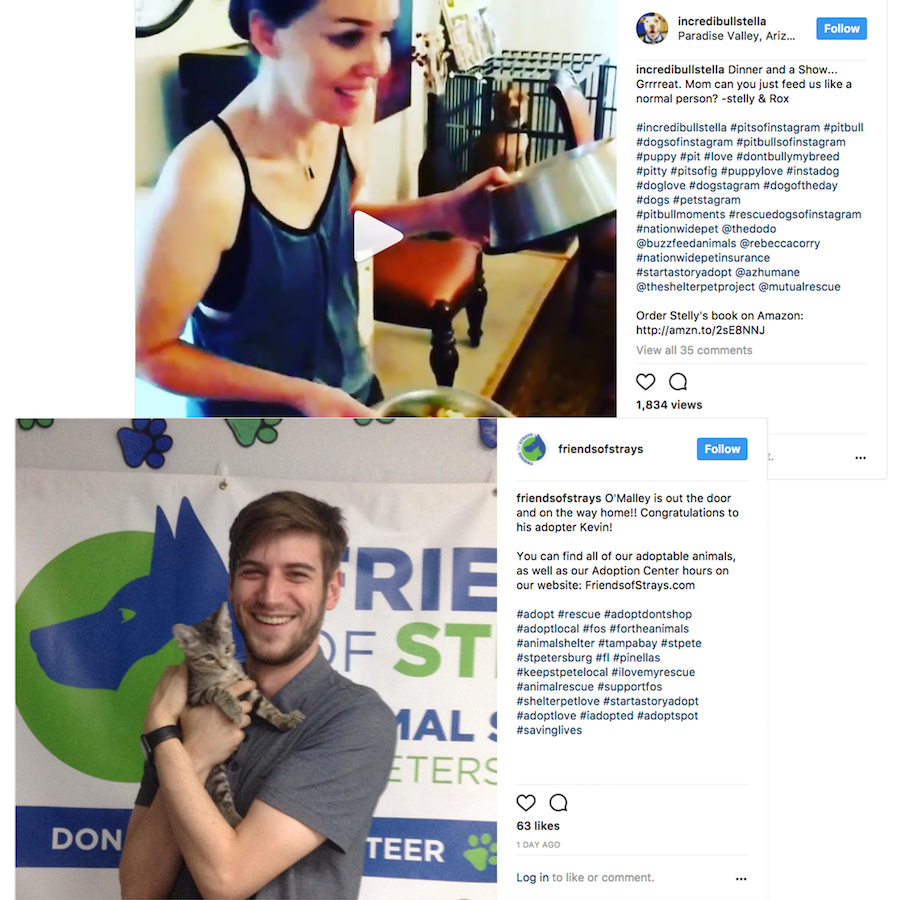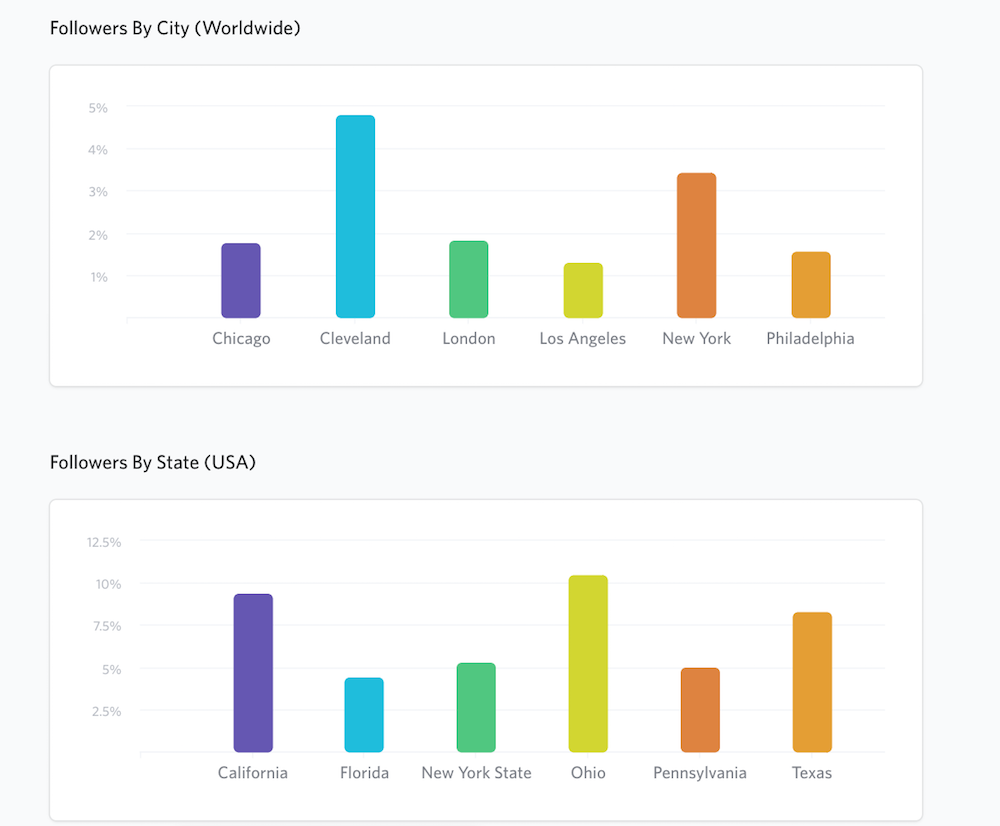3 times authenticity mattered in influencer marketing campaigns

by Gloria Stitt, VP of marketing, Julius
The common denominator in any successful influencer marketing campaign is finding the right way for an influencer to reach and engage the right audience. More than anything else, this requires authenticity. This seems like a simple enough concept in theory, but putting it into practice for your marketing plans is a bit more complicated. It is also a critical first step in building any influencer marketing campaign for your brand. Let’s begin with step one; finding the right influencer to partner with to represent or promote your brand. What do you look for and how do you find it?
The first step is understanding both your brand voice and goals for the campaign. You should start your search by filtering the requirements for your influencer. For example, are you looking to drive brand awareness, or increase sales? Maybe both?
This was the exact challenge that faced Klean Plate. Here was a wholesome convenience food company that wanted to leverage influencers for their launch of Bliss Batter, a high protein pancake and waffle batter sold online and in-store. Their approach involved finding a group of influencers that had interests matching the Klean Plate brand including, Organic Food, Health & Fitness, and even Pancakes. They used more than 13 filters to narrow their search including; topics, interests, platform notoriety, causes and influencer type. They curated a list of 658 micro influencers.

It wasn’t about the influencer with the largest following, but rather a group of micro-influencers whose audiences shared the same passions as the brand. They knew that the influencers would be “authentic” representatives and reach the right target audiences. The results were astounding, 14x increase in online sales January to April 2017 and 204 percent increase in web traffic during that same time frame.
Cause-related marketing is another area where authenticity is critical. Influencers are being leveraged to help elevate awareness for causes, and no one is doing it better than The Ad Council. Their main criteria is that the influencer and their audience be passionate about a cause, either because they have a personal attachment to it or a demonstrated passion and belief. This is a very tricky arena; the challenge isn’t whether or not the influencer has spoken for a “competitive” cause – there’s really no such thing– it’s about what causes have they been affiliated with? What comments, blogs or content have the produced that are cause related? Have they ever said anything derogatory about a cause or engaged in trolling of others that have similar causes?
We recently asked Lina Renzina, manager of talent relations and partnerships at The Ad Council, about her criteria for finding the right influencer. According to Renzina, “The most important thing for us is their actual connection to the issue. Is there someone in their family that has autism, do they have a shelter pet or are they interested in adopting a shelter pet? So that authentic connection to the issue is really important to us, and obviously the target audience. That the target audience of our national campaign matches the target audience that the influencer speaks to. So, if our target is 50+ and that influencer speaks to millennials, it’s probably not going to be a good fit. That’s really the secret sauce.”
She also hits on another important point of authenticity. The influencer’s audience needs to represent the right demographic, in the right geography and be highly engaged.

Geography is important, as many brands want to do highly targeted campaigns and focus on select countries or even cities. If you are a US based business looking to increase sales, then an influencer whose audience is mainly out of the UK probably isn’t right for you, no matter how high their engagement levels.

Location based influencers can bring an entirely different perspective to a campaign. For example, using a local foodie to review your new restaurant or a product you are trying to launch can be very effective. Airtime (a live video website with real-time sharing) was looking for micro-influencers who would be good to both experience and promote their App. They narrowed their search to include only age, reach, engagement and region. They were able to quickly curate lists of potential micro-influencers (20-30 micro-influencers respectively) and they were able to choose between 4-10 of the right ones in the right places.
At the end of the day this all sounds very intuitive, but researching can be difficult and time consuming without the right tools. The results are clear – matching that authentic voice to the audience you are trying to reach is paramount to success. It’s why human-vetted data is essential to your search. If you can’t rely on high-quality data first, then authenticity is inherently at risk.
Finally, consider the influencer’s actual voice. Too often brands find an influencer that can drive 1,000s of engagements on Instagram, for example, and think “great, let’s have them push our campaign on YouTube.” Influencers have voices that work well on some platforms and not necessarily on others. All too often brands force their own creative and brand voice on the influencer. Try to control every aspect of the creative without taking into account the influencer’s expertise can limit your campaign’s ability to resonate with their audience. They are content creators, their voice made them authentic to their audience. Make them a part of the creative process.
During Julius’ most recent Influence Live event in October, Kelly Day, then CDO of AwesomenessTV and current President of Viacom Digital Studios, mentioned the importance of trusting the voice you choose. “If you are going to do this,” she advised, recalling a partnership between a brand and influencer Cameron Dallas, “you have to trust the relationship between Cameron and his fans and let him talk about it in his own way.”
Influencer Marketing is a rapidly evolving space, but like most marketing strategies it is a combination of art and science that make it work. Start from a place of authenticity and you have likely already won half the battle.
More from Digiday

With the rise of the chief AI officer, it’s time to examine ‘czar’ culture
Even if it’s a familiar pattern — hot new thing, new C-Suite exec to tackle said thing, a few years go by and that C-Suite position no longer exists as everyone is now doing said thing (or it was a fad that has since faded away) — does it make sense for businesses to continue to appoint new czars with every new trend?

Why Cava’s bid for brand awareness means prioritizing streaming ads
Fast-casual restaurant chain Cava has been in growth mode over the past year and is leaning into streaming ads in an effort to boost brand awareness.

A history of middle manager stress: The Return podcast, season 3, episode 1
In episode one, McKinsey partner Emily Field tells us more about why middle management is critically important to the workforce.





